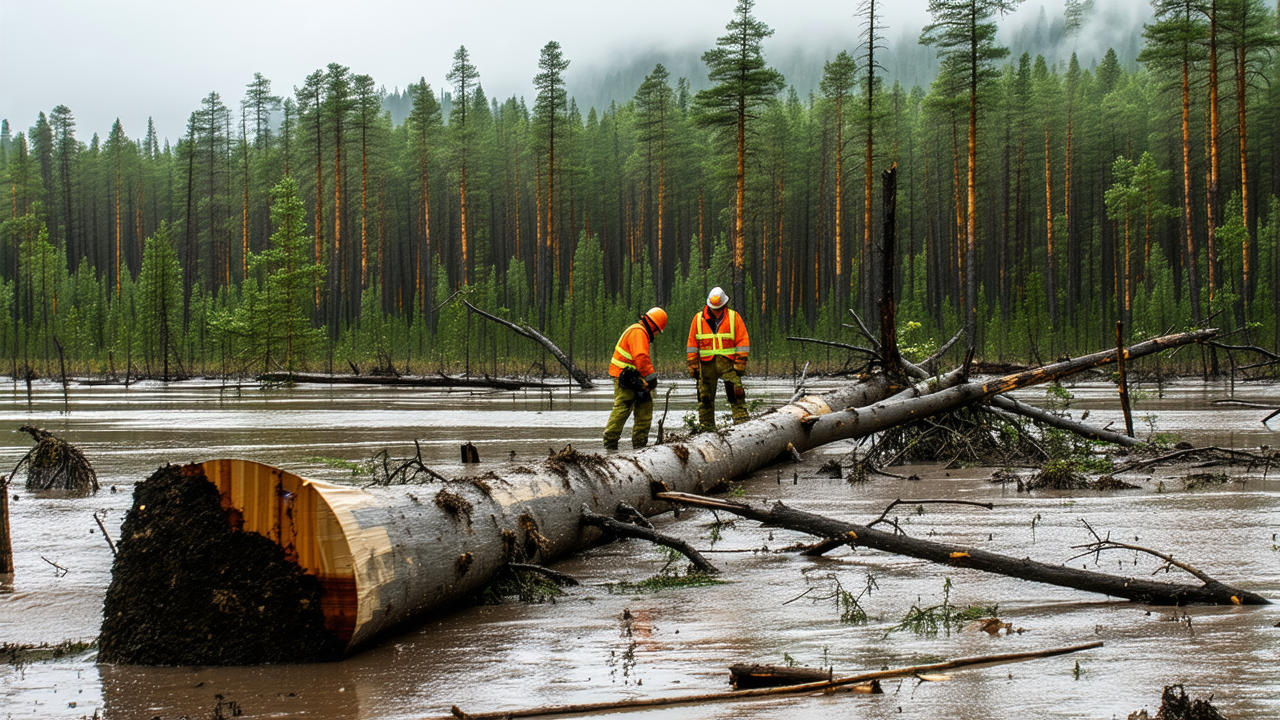Tasman Floods: Forestry Industry Leader Says Growing Trees, Not Slash, Caused Damage
Tasman Floods: Forestry Industry Leader Says Growing Trees, Not Slash, Caused Damage
Residents of the Tasman District are grappling with the aftermath of severe floods, with many blaming the damage on falling trees rather than forestry slash, according to a leading figure in the forestry industry.
The recent floods have left communities in disarray, with thousands of hectares of pine plantations destroyed. The Forest Owners Association (FOA) chief executive, Elizabeth Heeg, is working closely with local authorities to address the crisis.
Heeg emphasized that the damage was not primarily caused by forestry slash, which refers to the leftover branches and debris from logging operations. Instead, she pointed to the impact of growing trees that had fallen due to the intense weather conditions.
“We are really going to have to look at, with these multiple storm impacts with climate change, how we are going to manage these forests,” Heeg said. “It looks like it is going to be a pretty big recovery and clean-up operation.”
The floods have caused significant damage to the region, with areas like Bethany Park Campground in Kaiteriteri suffering extensive flooding. The impact of the storms has been compounded by the type of soil in the area, which can become saturated and unstable.
Heeg also highlighted the need for the forestry industry to adapt to the challenges posed by climate change. “Some kind of tree cover was going to need to be planted there,” she said, suggesting that careful planning is essential to prevent future disasters.
Meanwhile, local residents are dealing with the aftermath of the floods. In the Motueka Valley, the clean-up continues, and some areas remain without power. Deputy chair of the Motueka Community Board, Claire Hutt, described the situation as dire.
“I don’t know what they are going to do,” Hutt said. “The sewage has become a real problem for the township.” She added that the community is working to provide support and ensure that people have access to information and resources.
As the recovery effort continues, the focus remains on helping those affected and ensuring that the region is better prepared for future disasters. The forestry industry is also looking to improve its practices to minimize the impact of future storms on local communities.
